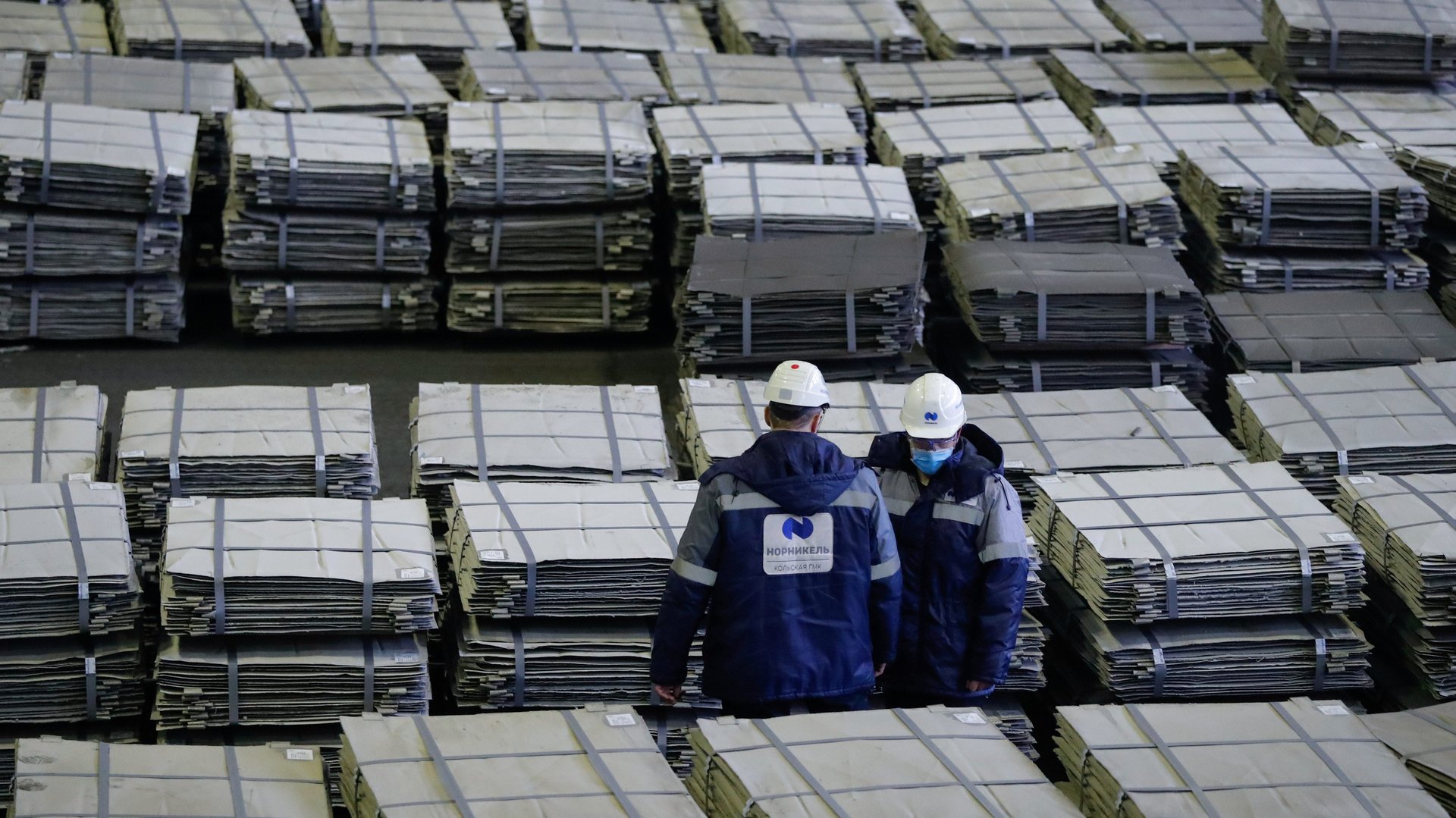Goldman Sachs has bad news for metals investors and good news for EV makers
One of the biggest stumbling blocks for the widespread adoption of electric vehicles (EVs) is the shortage of metals used to make EV batteries. The mines that produce lithium, nickel, and cobalt haven’t expanded fast enough to keep up with the soaring demand for electric cars. As a result, prices for those metals have spiked, threatening to drive up the cost of batteries and EVs (as well as laptops, cellphones, and any other portable electronic device that uses a lithium-ion battery).


One of the biggest stumbling blocks for the widespread adoption of electric vehicles (EVs) is the shortage of metals used to make EV batteries. The mines that produce lithium, nickel, and cobalt haven’t expanded fast enough to keep up with the soaring demand for electric cars. As a result, prices for those metals have spiked, threatening to drive up the cost of batteries and EVs (as well as laptops, cellphones, and any other portable electronic device that uses a lithium-ion battery).
High metal costs could cause the price of batteries to rise this year for the first time in more than a decade, according to analysts at the climate-focused research group Bloomberg New Energy Finance. And, since batteries are the most expensive component of an EV, pricier batteries could push the price of electric cars up by $1,500 to $3,000. The average cost of an EV is about $66,000, according to March data from Cox automotive.
Higher EV prices scare away buyers. That delays the transition from gas-powered cars to electric cars, which means cars will wind up emitting more carbon dioxide. In other words, high metal prices aren’t just a drag on car companies’ profits; they also hinder efforts to keep global warming under 2°C and avoid the worst impacts of climate change.
But there’s a kernel of hope for the EV market. A Goldman Sachs research note published May 29 predicts battery metal prices will crash over the next two years. The Goldman analysts believe businesses are already building too many lithium, nickel, and cobalt mines, which will lead to an oversupply of the metals by 2023. (Businesses are also ramping up efforts to recycle the metals, but that’s still a negligible source of material compared to new mining.) Last year, the analysts estimate, the world produced 11% less lithium than it needed. But by 2025, newly-built mines will produce 23% more lithium than automakers and other businesses can use.
Goldman Sachs predicts the surplus will rein in the skyrocketing cost of battery metals. The analysts predict the annual average price of lithium will peak at about $54,000 per metric ton this year—nearly nine times higher than it was in 2020. But they believe the price will quickly drop to $11,000 per metric ton by 2024, which is (merely) double the 2020 price.
The rise and fall—and rise—of battery metal prices
Although Goldman Sachs predicts automakers will find some relief from metal shortages for the next few years, that respite probably won’t last. The global consumption of battery metals will only keep rising, the analysts predict, and by the end of the decade demand will catch up with supply and push prices up again.